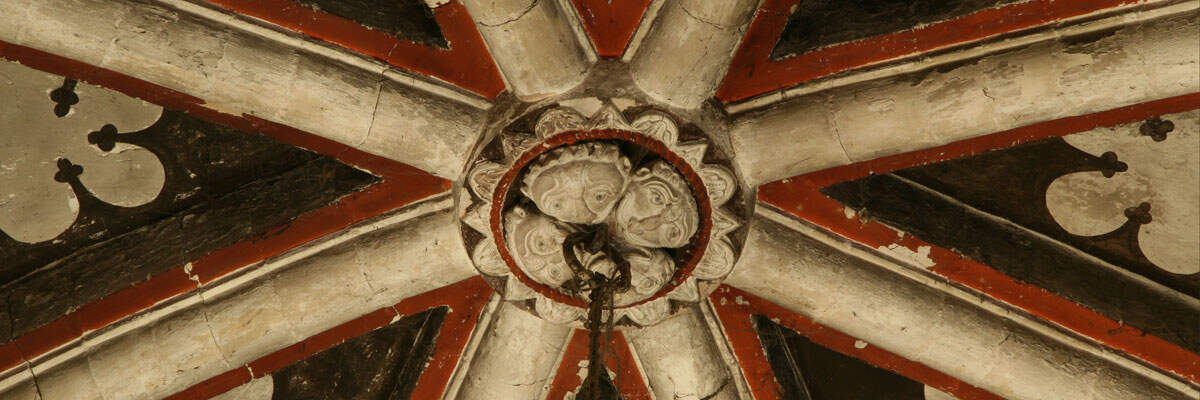In the Domesday Survey, Great and Little Chishill are taken together and
recorded under Essex. A manor was held by Guy under Count Eustace of Boulogne
in 1086, another by Roger d'Auberville, and a third by William Cardon under
Geoffrey de Mandeville.



